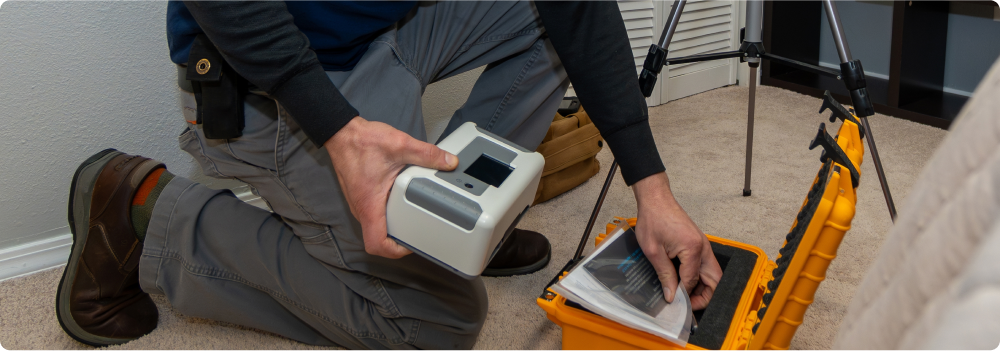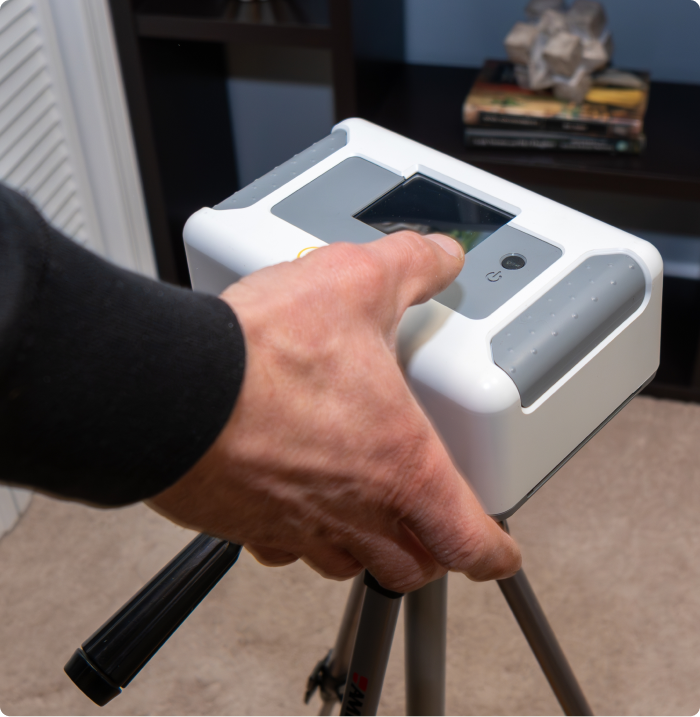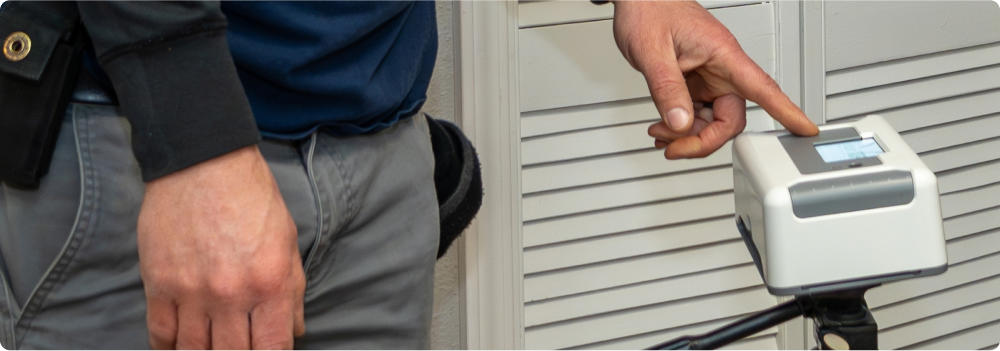What is radon and why should you test for it?
Nobody wants to live in a home with poor indoor air quality, but some pollutants are easier to overlook than others. Radon is one of them — it's a silent, naturally occurring gas that can be deadly, making it crucial to stay informed and vigilant about its presence.
Radon and its health risks
Radon is a naturally occurring radioactive gas that forms when uranium in soil, rock, and water breaks down. People are exposed to it primarily through breathing in radon in the air, especially when it sneaks in through cracks in buildings and homes.
Prolonged exposure to high levels of radon is the second leading cause of lung cancer in the U.S., right behind smoking. According to the EPA, radon is responsible for about 21,000 deaths each year. Long-term exposure can also lead to other respiratory issues and has been linked to an increased risk of Alzheimer's and lung diseases.
How radon enters your home
Radon comes from the ground, and it doesn’t care what kind of house you live in — it can sneak in through even the tiniest cracks. Common entry points include:
- Cracks in your foundation or basement floors
- Gaps around pipes and cables
- Wall or floor joints, especially in homes built over soil with high uranium content
If you live in an area prone to higher radon levels, you’re at an even greater risk. The EPA Radon Zone Map is a helpful tool to see if your region has elevated levels of radon. But no matter where you live, radon can be present, so it’s worth testing your home regularly.

Choosing the right radon test
If you’re curious about how to test for radon, the first step is deciding which test is better for your circumstances. Here’s how you make the call:
Short-term radon tests
If you want a quick snapshot of your home’s radon levels, short-term radon testing is your best bet. These tests typically last between 2 and 7 days.
- How it works: Short-term radon tests use devices like activated charcoal or electret ion detectors. These materials absorb radon gas from the air in order to measure the amount of radon in your home.
- When to use: This type of test is perfect if you want fast results or if you’re testing during a real estate transaction and need a quick answer. Just remember, short-term tests aren’t as accurate as long-term ones.
- Cost: Typically between $10-$30, depending on the test kit.
Long-term radon tests
For a more comprehensive view of your radon levels, long-term radon testing is the way to go. These tests measure radon levels over a period of 90 days or more, giving you a more accurate picture, especially if you live in an area where levels fluctuate throughout the year.
- How it works: Long-term tests use alpha track detectors or continuous radon monitors to collect data over several months. Because radon levels can vary day to day, long-term radon testing will give you a better understanding of your home's year-round average radon exposure.
- When to use: If you’ve done a short-term test and your results were close to the EPA action level (4 pCi/L), a long-term test can confirm whether action is needed.
- Cost: Expect to pay between $25-$100 for a long-term test, depending on the type.




